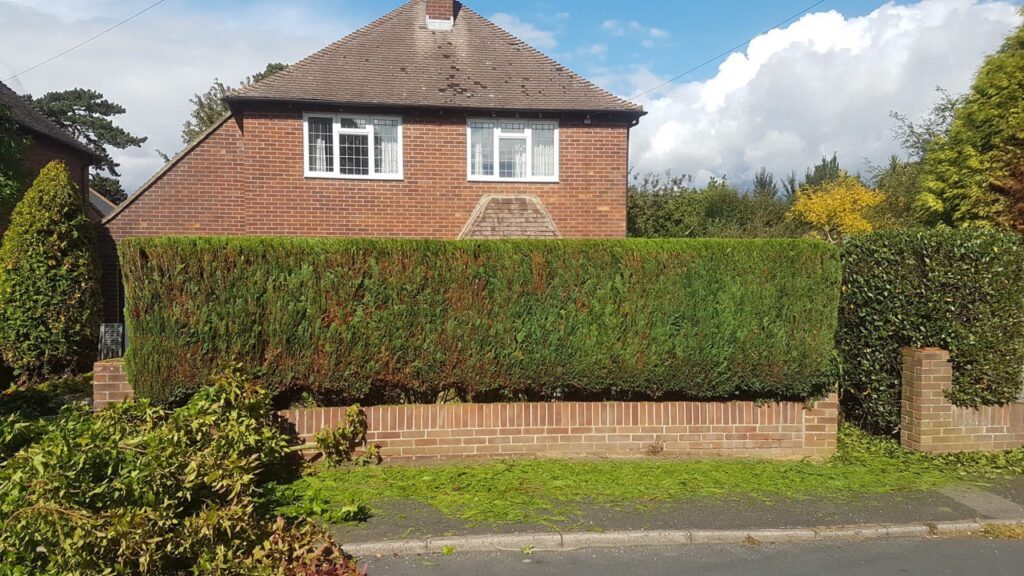Introduction: In the ever-evolving landscape of urban development and infrastructure expansion, tree felling is crucial in clearing paths for roads, railways, and utility corridors. While trees are valued for their environmental and aesthetic contributions, their removal is sometimes necessary to accommodate the growing demands of transportation networks and essential services. In this blog post, LM Tree Surgery Hedge End delves into the complexities of tree felling for infrastructure development, highlighting its significance in advancing connectivity, mobility, and public welfare.
Navigating Development Challenges:
- Space Constraints: Urban areas often face limited space for infrastructure expansion, necessitating the removal of trees to make way for new roads, highways, and transit lines.
- Utility Placement: Trees may obstruct the installation and maintenance of underground utilities such as water pipes, sewer lines, electrical cables, and telecommunications networks, requiring their removal to ensure reliable service delivery.
Ensuring Public Safety:
- Roadway Safety: Trees near roadways pose risks to motorists, cyclists, and pedestrians due to overhanging branches, root encroachment, and visibility obstructions. Tree felling helps mitigate safety hazards and enhance road user experience.
- Railway Operations: Clearing trees along railway corridors improves track visibility, reduces the risk of train collisions, and enhances the efficiency of rail operations, ensuring the safety and reliability of passenger and freight transportation.
Facilitating Connectivity:
- Transportation Networks: Tree felling enables the expansion and enhancement of transportation networks, facilitating greater connectivity between communities, enhancing accessibility, and reducing travel times for commuters and cargo shipments.
- Urban Development: Infrastructure development creates opportunities for urban growth, economic revitalisation, and community development, attracting investment, fostering job creation, and improving the quality of life for residents.
Mitigating Environmental Impact:
- Environmental Assessment: Before tree felling activities, conduct thorough environmental assessments to identify sensitive habitats, protected species, and ecological features that may be affected by development projects.
- Mitigation Measures: Implement mitigation measures such as habitat restoration, tree replanting initiatives, and green infrastructure enhancements to offset the ecological impact of tree removal and promote biodiversity conservation.
Collaboration and Engagement:
- Stakeholder Consultation: Engage with local communities, environmental organisations, and government agencies to solicit input, address concerns, and incorporate public feedback into infrastructure planning and design processes.
- Community Benefits: Ensure that infrastructure development projects deliver tangible benefits to communities, such as improved transportation access, enhanced public amenities, and green space preservation, to foster positive social outcomes and community well-being.
Conclusion: Tree felling for infrastructure development is a multifaceted process that requires careful consideration of environmental, social, and economic factors to achieve sustainable outcomes. By prioritising safety, connectivity, and environmental stewardship, infrastructure projects can effectively balance the needs of urban growth with the preservation of natural resources, creating resilient, inclusive, and livable communities for generations to come.
Call us on: 01489 359 998
Click here to find out more about LM Tree Surgery Hedge End
Click here to complete our contact form and see how we can help with your tree’s needs.

